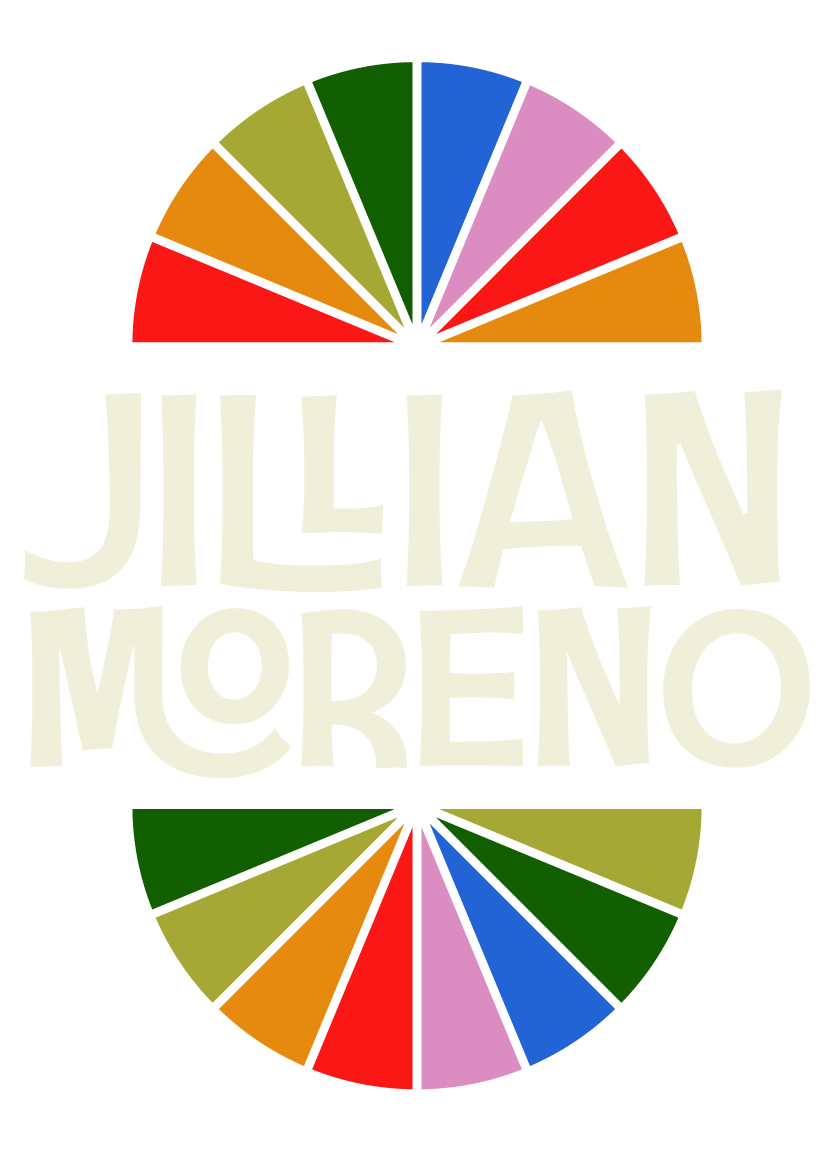Get ready to stalk your library or pony up your book money for two book this fall.
My husband is a book rep and I got my hands on advance reader copies of two fantastic fiber book coming this October. I've read them both and highly reccomdend them.
Clara Parkes new book Vanishing Fleece: Adventures in American Wool, tells the story of her bale of Merino. Remember that? I remember the bale!
Here's the offical blurb:
*A fast-paced account of the year Clara Parkes spent transforming a 676-pound bale of fleece into saleable yarn, and the people and vanishing industry she discovered along the way
Join Clara Parkes on a cross-country adventure and meet a cast of characters that includes the shepherds, dyers, and countless workers without whom our knitting needles would be empty, our mills idle, and our feet woefully cold. Travel the country with her as she meets a flock of Saxon Merino sheep in upstate New York, tours a scouring plant in Texas, visits a steamy Maine dyehouse, helps sort freshly shorn wool on a working farm, and learns how wool fleece is measured, baled, shipped, and turned into skeins.
In pursuit of the perfect yarn, Parkes describes a brush with the dangers of opening a bale (they can explode), and her adventures from Maine to Wisconsin (“the most knitterly state”) and back again; along the way, she presents a behind-the-scenes look at the spinners, scourers, genius inventors, and crazy-complex mill machines that populate the yarn-making industry. By the end of the book, you’ll be ready to set aside the backyard chickens and add a flock of sheep instead. Simply put, no other book exists that explores American culture through the lens of wool.
*
The other book is Threads of Life: The History odf the World Through the Eye of a Needle by Clare Hunter. I heard her reading from this book a few months a go on BBC radio and was entranced.
Here's the blurb:
*A globe-spanning history of sewing, embroidery, and the people who have used a needle and thread to make their voices heard
In 1970s Argentina, mothers marched in headscarves embroidered with the names of their “disappeared” children. In Tudor, England, when Mary, Queen of Scots, was under house arrest, her needlework carried her messages to the outside world. From the political propaganda of the Bayeux Tapestry, World War I soldiers coping with PTSD, and the maps sewn by schoolgirls in the New World, to the AIDS quilt, Hmong story clothes, and pink pussyhats, women and men have used the language of sewing to make their voices heard, even in the most desperate of circumstances.
Threads of Life is a chronicle of identity, protest, memory, power, and politics told through the stories of needlework. Clare Hunter, master of the craft, threads her own narrative as she takes us over centuries and across continents—from medieval France to contemporary Mexico and the United States, and from a POW camp in Singapore to a family attic in Scotland—to celebrate the age-old, universal, and underexplored beauty and power of sewing. Threads of Life is an evocative and moving book about the need we have to tell our story.
*
Make some room on your bookshelf.
























